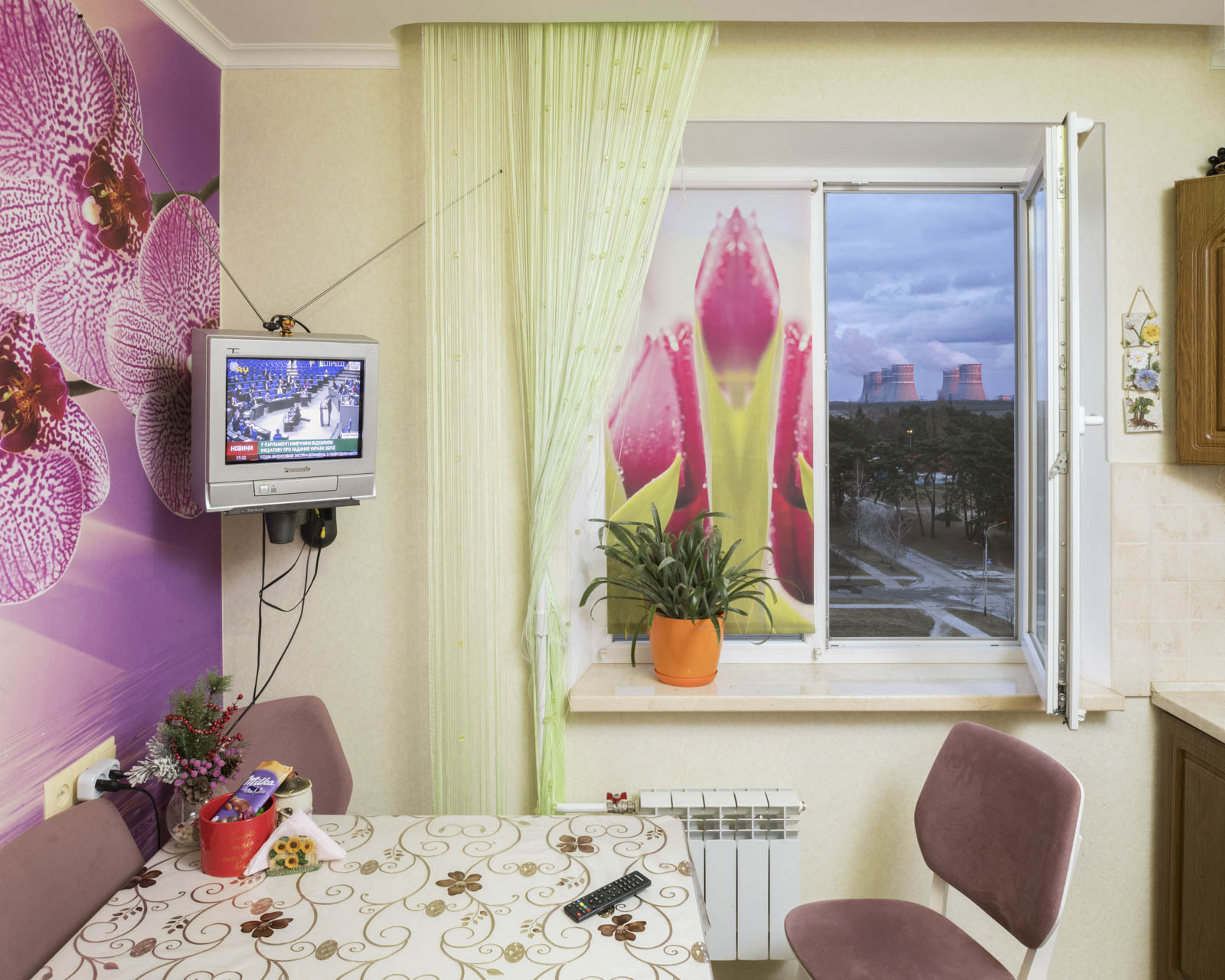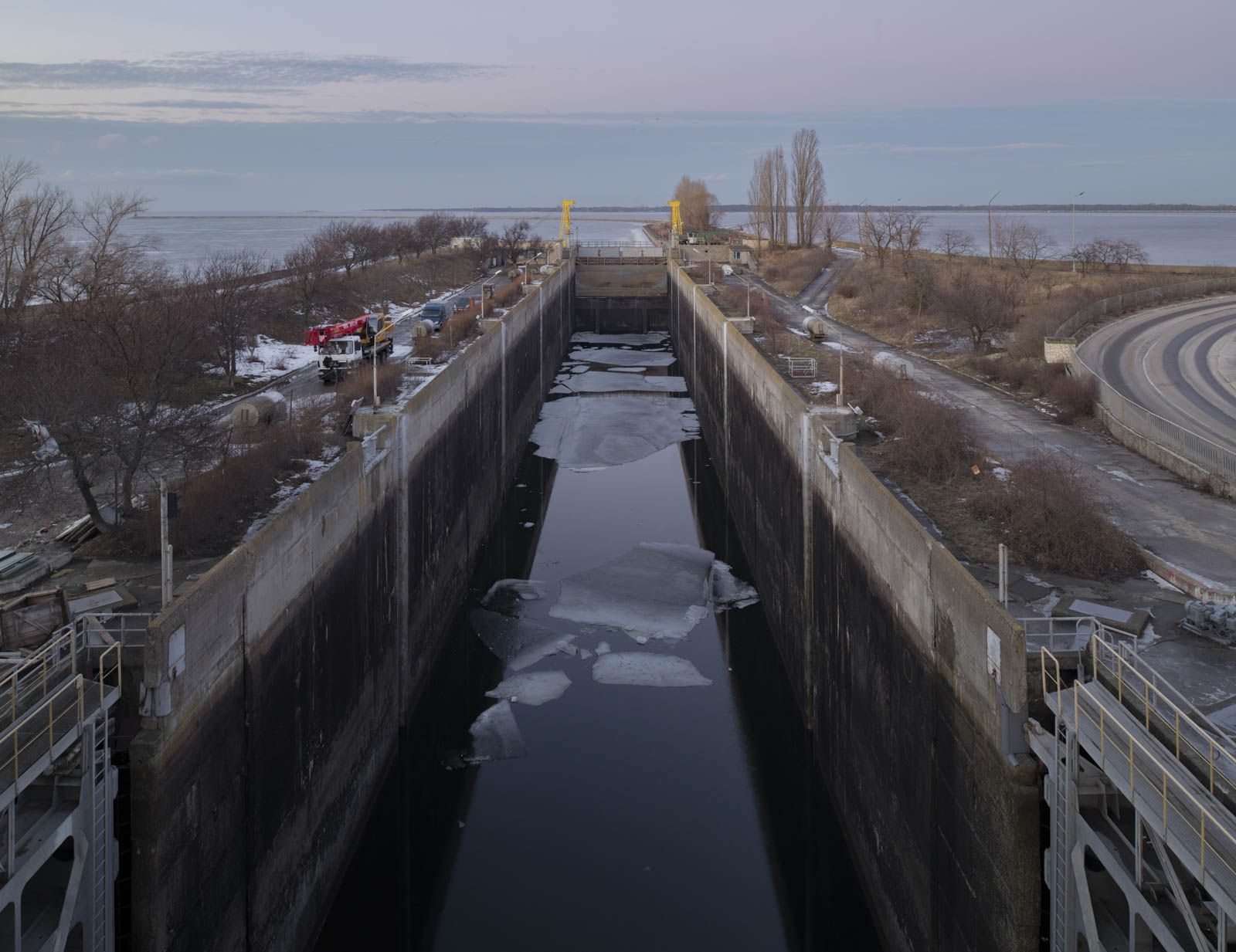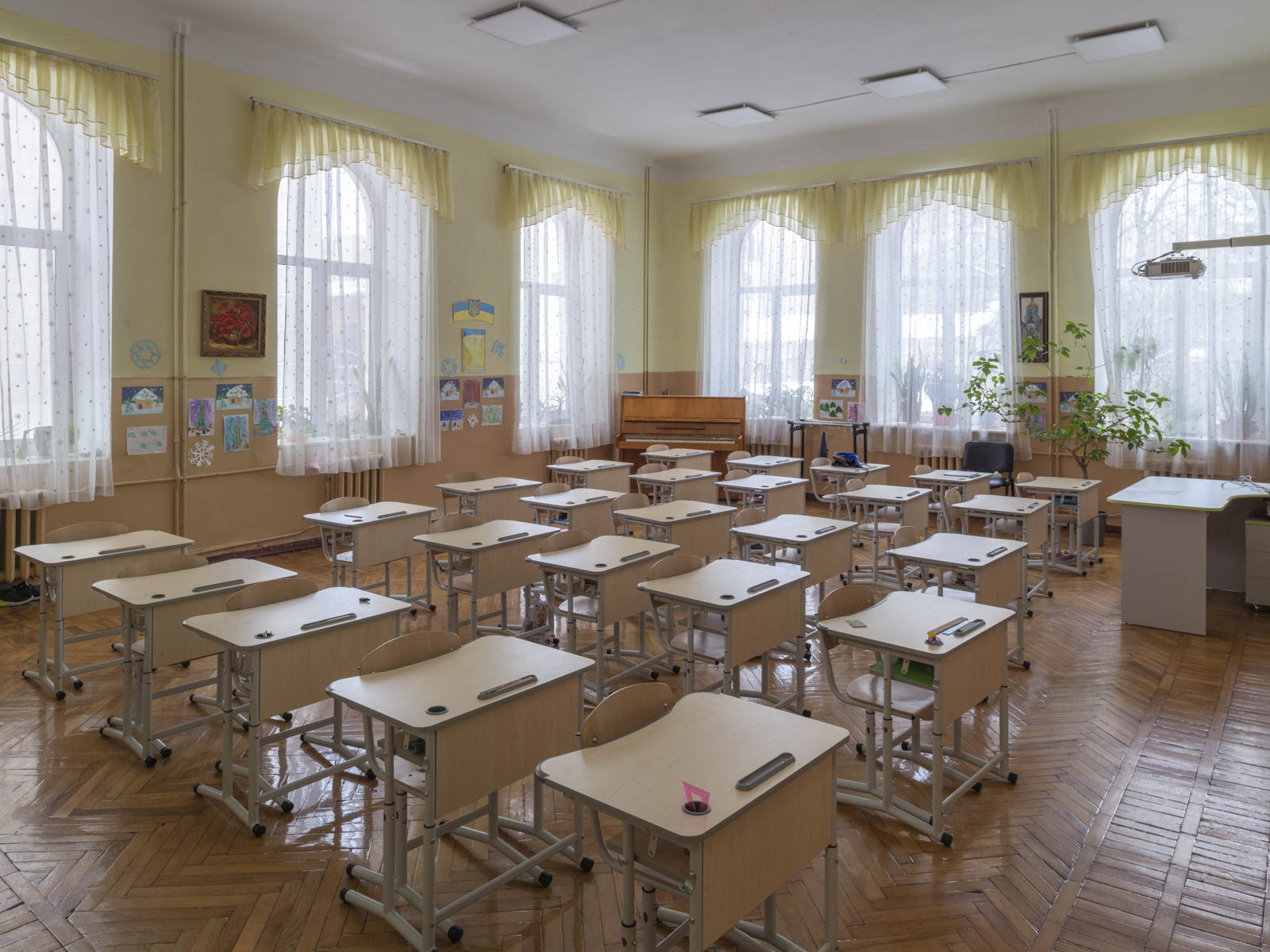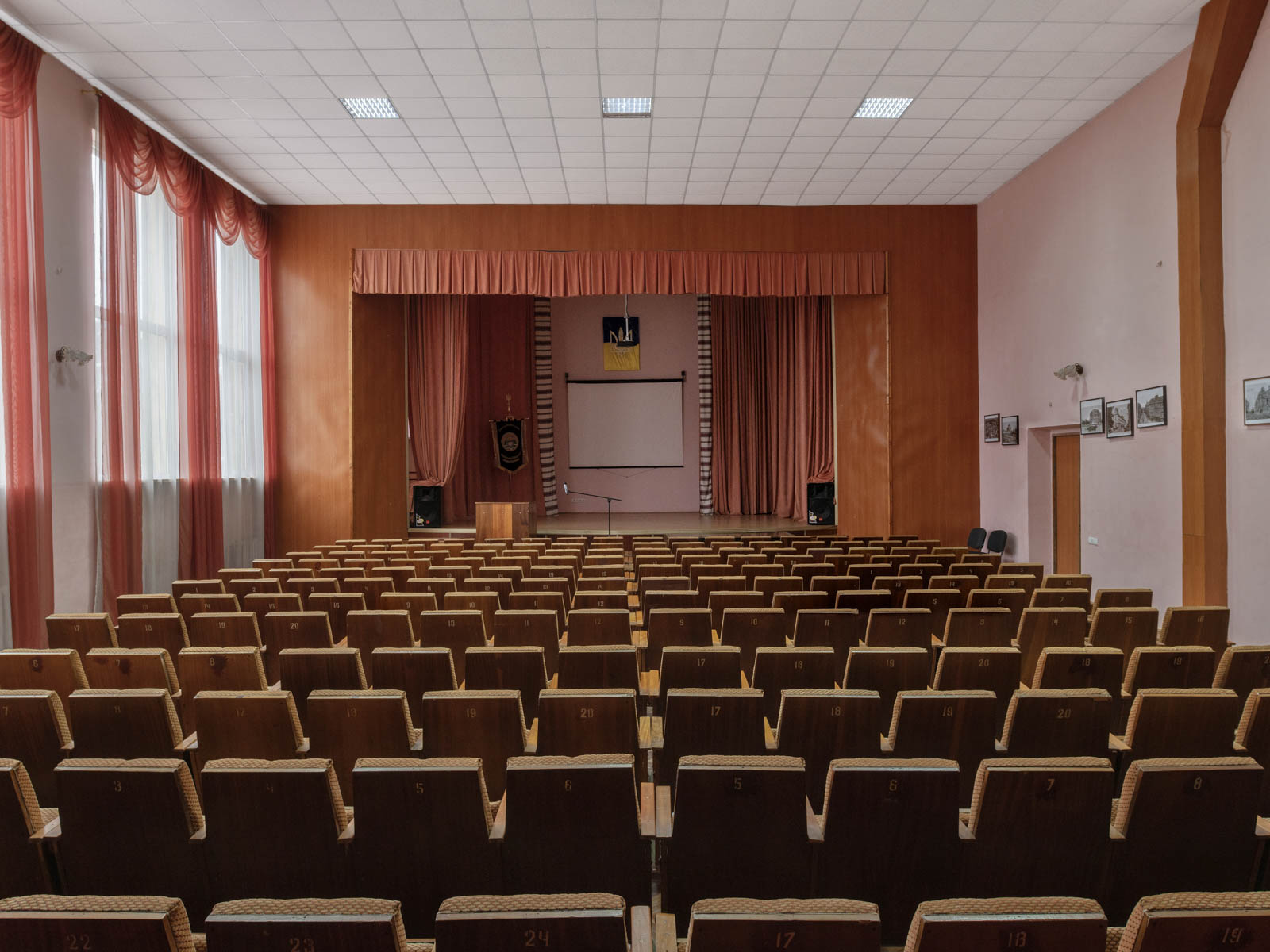






The conflict in Ukraine is often cited as a key example of hybrid warfare, where traditional military tactics take a backseat to more prevalent forms of political and economic pressure. This includes the use of information warfare and psychological operations that rely on disinformation and propaganda. Referred to by the Russians as “New Generation Warfare,” these strategies aim to gain an advantage over both military forces and civilian populations through moral and psychological manipulation. The goal is to foster mistrust, doubt, and insecurity within society, disrupt alliances, and obscure the aggressor’s true intentions.
In the months leading up to February 2022, various offensive dynamics were observed, marked by a surge in information attacks that started in late 2021 and intensified early in 2022. Notable tactics included embedding disinformation in government websites to incite panic or hatred, temporarily disrupting essential services via systemic cyber attacks, and conducting “mining” operations (false bomb threats) at public locations.
While last year, Ukraine’s national police chief Serhiy Knyazev stated that the cyber police identified many perpetrators in Russia and the Donbass and Crimea regions, many cases remain unresolved. The project’s objective is to illustrate the battlefields of this new warfare paradigm by compiling photographs of locations affected by cyber-attacks and the spread of fake news.